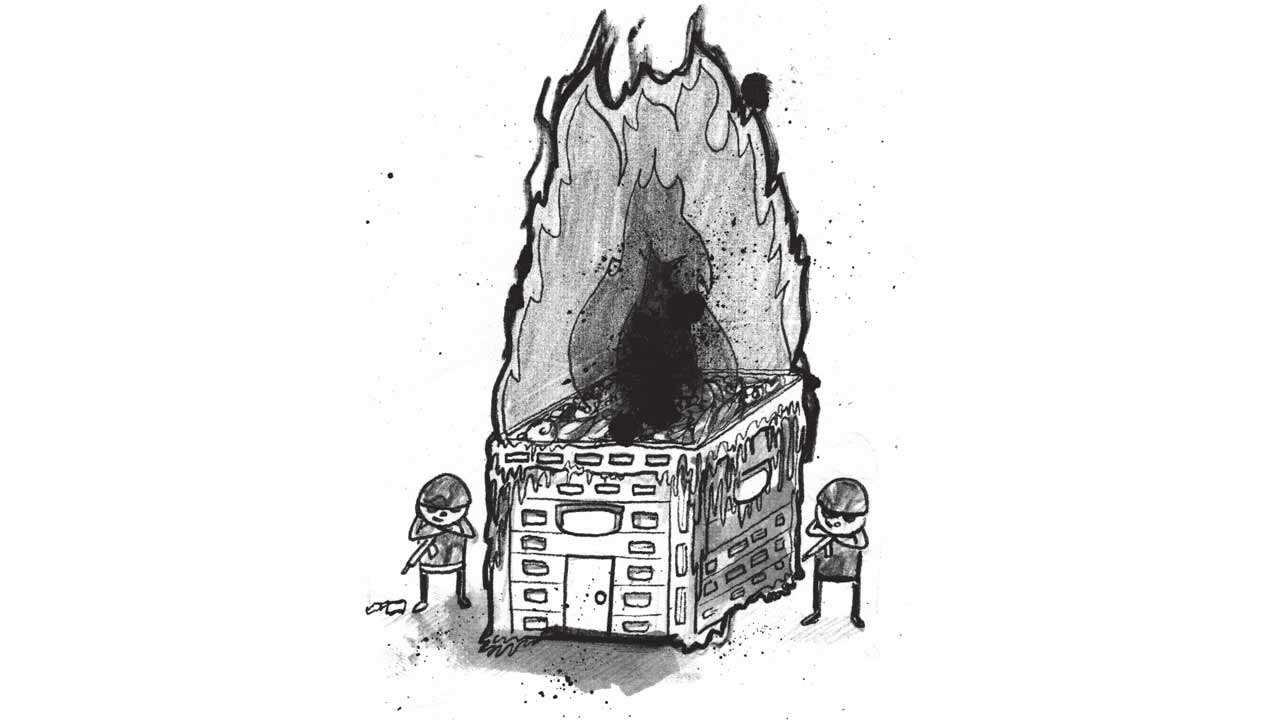This is one of several interviews from the SBS special feature 'Faces of the Rohingya'. Watch Dateline's investigation 'Myanmar's Killing Fields' at the end of the article.
Ash Ashrafalie started work at 7am at a lettuce and herb farm on Melbourne’s outskirts. When he finished, he came to the café.
At the farm, he labours in the fields - picking, cutting and bunching leaves - and he enjoys the work. His father was a farmer too.

Illustration: Tia Kass Source: Tia Kass
Ash grew up in Rakhine State, where they would grow vegetables or rice, or go fishing, depending on the
Since late last year, he has been working six days a week so he can support wife and three of his siblings, and their families, who are living in refugee camps in Bangladesh.
One of his sisters fled from Myanmar last year when her village was attacked - she is among the estimated 700,000 Rohingya who have crossed the border since August.
“Her baby was 14-days-old, but she wasn’t able to take her baby. She couldn’t manage to… she couldn’t...” he says, trailing off. He is stony-faced. The baby died in the fire as her house burnt down. His cousin and his uncle died too.
He does not know how his family will survive the coming months. Cyclone Mora hit the district on May 30 last year, killing at least seven people and destroying or damaging over 50,000 houses. Since then, the camps have quadrupled in size and large areas of forest have been cleared, as people seek land and firewood.
The hills are now bare; there will be landslides and flash floods and water-borne diseases. “I am doing what I can,” Ash says. “It is up to God.”
He has not seen his wife since 2007, but they speak every day. She gave birth to their child after he’d fled to Thailand, but the baby became sick and died.
He says his wife was not permitted to leave their village to visit a doctor for the boy.
Ash maintains strong eye contact as he speaks - he is determined that his situation be understood.
His parents died after he left too and he could not go to their funerals.
Watch Dateline's 'Myanmar's Killing Fields' below.
Share

